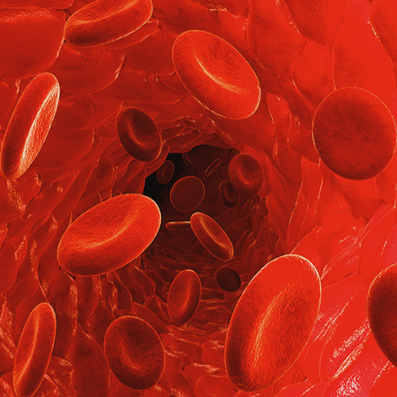
Women diagnosed with breast cancer today are two-thirds more likely to survive than those 20 years ago, major research shows.
University of Oxford researchers found those diagnosed with early invasive breast cancer between 1993 and 1999 had a 14 per cent chance of dying from the disease within the first five years.
But this risk has now fallen to five per cent in people diagnosed between 2010 and 2015.
Experts today said the figures were ‘heartwarming’ and would come as ‘good news for the overwhelming majority of women’ with breast cancer.
The data illustrates the substantial improvements to both diagnoses and treatment since the 1990s, claimed influential voices in the field.
The study included all 500,000-plus women diagnosed with early invasive breast cancer in England between January 1993 and December 2015. It followed them up until the end of 2020.
It is also the first of its size to map out the characteristics of the patients and their cancer, enabling doctors to provide more accurate prognoses for women.
Early invasive breast cancer, defined as stage one or two, occurs where the cancer cells have spread through the lining of the ducts in the surrounding breast tissue, but it is still contained to a relatively small area.
At stage one, the tumour is 2cm or less whereas those with stage two have a tumour up to 5cm in size. Between 70 and 80 per cent of all breast cancers are invasive.
‘The prognosis for women diagnosed with early invasive breast cancer has improved substantially since the 1990s,’ the authors wrote.
‘Most can expect to be long-term cancer survivors.’
Scientists believe the biology of the disease may have changed over the decades, as a result of hormonal changes arising from obesity, hormone replacement therapy and reproductive factors.
Treatment breakthroughs have also driven the improvement to survival rates, including targeted drugs such as Herceptin, novel hormonal therapies as well as better chemotherapy and improved radiotherapy.
More sensitive breast imaging techniques and improved public awareness of signs and symptoms have meanwhile boosted early detection rates.
Dr Carolyn Taylor, professor of oncology at Oxford Population Health and lead author of the paper, said: ‘Our study is good news for the overwhelming majority of women diagnosed with early breast cancer today because their prognosis has improved so much.
‘Their risk of dying from their breast cancer in the first five years after diagnosis is now 5 per cent.’
But writing in the BMJ, Dr Taylor said it also shows ‘prognosis after a diagnosis of early breast cancer varies widely’.
She added: ‘In the future further research may be able to reduce the breast cancer death rates for women diagnosed with early breast cancer even more.’
